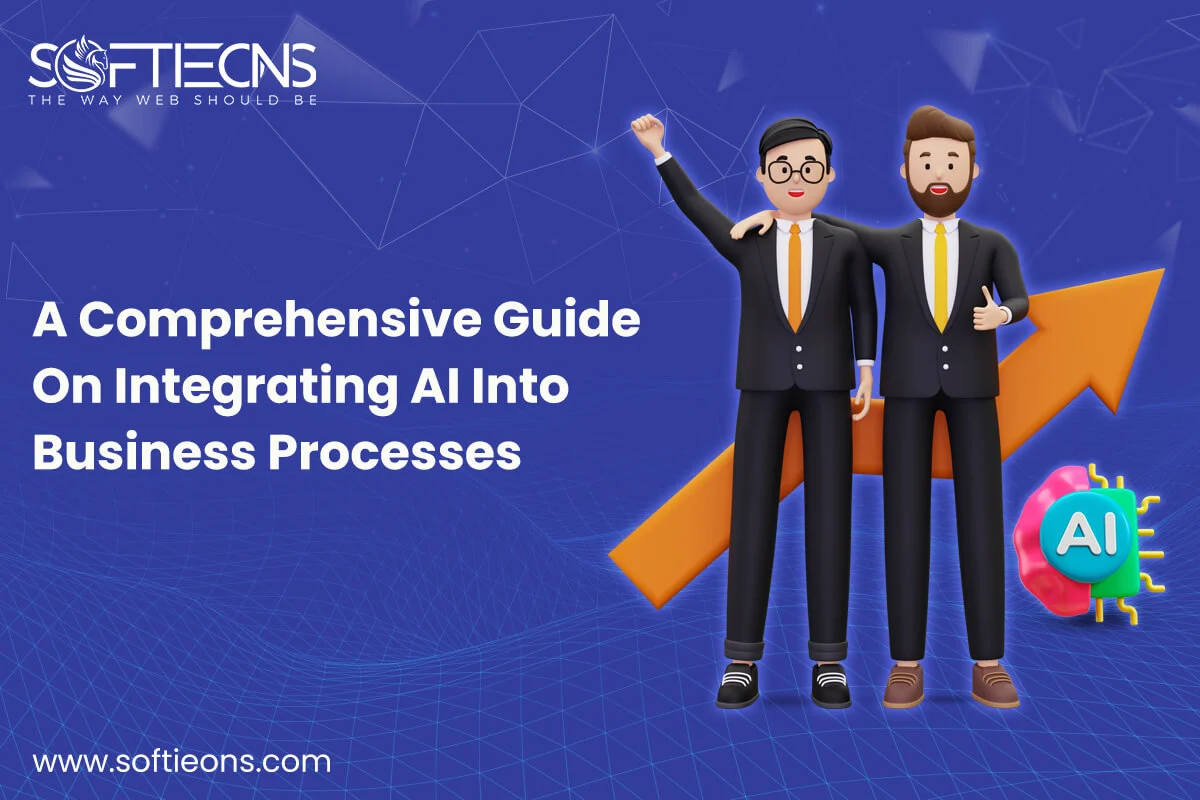Cloud Cost Optimization
Sat, 10 Apr 2021
In the last few years, cloud computing has gained considerable popularity. Cloud computing is the on-demand availability of computer system resources, in particular cloud storage and computing power, without the user having direct active management. The term is generally used to describe data centers which are available over the Internet to many users.
Cloud computing has changed the whole process of developing and deploying web and apps and more business is moving its workload on that.
Most cloud service providers come with the promise to provide maximum storage capacity for less of their costs. The promise that companies would only be charged for the resources they will use has begun to fall apart, as customers are charged for the resources they order on the pricing of Amazon Web Services and the pricing of Microsoft Azure, whether they use them or not.
There is some actionable cloud cost optimization system:
- Use discounts and free storage whenever possible, as it can help save you a lot of time and money. Buying bulk lowers costs rather than bits and pieces opted for. Look out for potential discounts and price reductions & seize the chance before it ceases to exist.
- Since the costs on Cloud are not only caused by the servers supplied, data transfer has also been associated with costs. To avoid unnecessary costing try to group resources within the same region.
- Stop running instances that are not in use, as it is equivalent to turning on the lights when nobody is in the room, when not in use, and actually using them can add up to your bill.
- Use Centralized storage management as it makes it much easier to use a central server to manage and monitor cloud usage, and reduce the risks that inevitably result from decentralized cloud acquisition.
- Always remain vigilant, ensuring that all unused resources are depleted, and providing adequate access only as required to create resources.
- Google Cloud cost optimization strategy provides a comprehensive, robust set of cost management tools and no-cost billing that gives a business the visibility and insights it needs to keep up with its cloud deployment.
You have to take care of this while doing cloud cost optimization:
- The cloud provider’s proper resources for allocating and managing the cloud to its customers are called providing, which anticipates the needs of the resources. Failure to provide properly leads to unnecessary cloud costs and inefficiencies leading to low performance and high job latency, and poor user experience.
- Software architects should have precise knowledge of designing and building cloud application architecture, as you may fail to deliver the correct message and cloud platform value.
- It can be an arduous task to keep track of the cost wastage due to over-configuration, non-use, or idle assets.
- AWS cost optimization provides an auto-scaling feature to adjust the capacity to control cloud costs. Cloud costs can, however, be difficult to predict when they have new plans to introduce new services or apps.
- Budget forecasting can be complicated, as it requires a set with deep expertise and correct data for processes and workflows.
- Lack of visibility can be a major reason to mask security threats, resulting in multiple applications and problems with network performance that have direct cost consequences. The lack of an administrative dashboard does not provide organizations with any means to optimize or organize any of the cloud activities and hence increase the costs.
POPULAR POSTS
Shopify vs. WordPress: Which one is best for e-commerce?
Wed, 07 Apr 2021Role of IoT in the Real Estate Industry
Wed, 14 Apr 2021Why UX And UI Is Important For Mobile Application Development
Sat, 01 May 2021Telemedicine's Advantages in Nursing Homes
Fri, 24 Dec 2021RECENT POSTS
Exploring the Benefits of Professional Website Design Companies
Fri, 29 Mar 2024Understanding The Role Of Web Design Firms
Fri, 22 Mar 20245 Benefits Of Using Angular For Your Web Development
Tue, 05 Mar 2024A Comprehensive Guide On Integrating AI Into Business Processes
Thu, 29 Feb 2024









